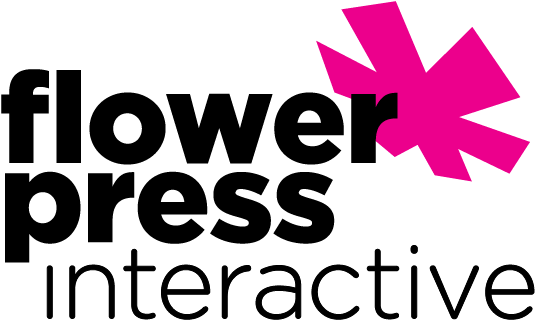
Understanding how users think, feel and act is the foundation of exceptional UX design. Here are some tips to incorporate psychology into your designs:
- Understand your users: Conduct user research to identify your target audience and their needs, motivations, and pain points. This can involve surveys, interviews, and user testing.
- Leverage cognitive biases: People make decisions based on mental shortcuts, which can be both helpful and misleading. Learn about common biases like the anchoring bias (giving too much weight to first impressions) and the framing effect (presenting information in a way that influences choice) to design experiences that nudge users towards positive behavior.
- Evoke emotions: Positive emotions like satisfaction and delight can lead to user loyalty. Use visual design, micro-interactions, and persuasive language to create a positive emotional response.
- Make it familiar: People are drawn to what they know. Use design patterns and conventions that users already recognize to create a comfortable and intuitive experience.
- Keep it simple: Our brains are wired to avoid complexity. Prioritize clear information hierarchy, uncluttered layouts, and easy-to-understand language.
- Tell a story: Humans are natural storytellers and story listeners. Craft a narrative around your product or service to engage users and make them feel invested in the experience.
- Use social proof: People are influenced by the actions of others. Showcase positive testimonials, user reviews, and social media engagement to build trust and credibility.
- Provide feedback: Keep users informed about their actions and the system’s state. Use clear error messages, progress indicators, and confirmation screens to guide users and avoid frustration.
- Design for emotions: Consider the emotional journey of your users. How will they feel when they first encounter your product? How will they feel after they complete a task? Design each step of the interaction to evoke the desired emotions.
- Test and iterate: The best UX designs are constantly evolving. Gather user feedback through A/B testing and usability testing to identify areas for improvement and iterate on your design.
By understanding the psychology of human behavior, you can design user experiences that are not only functional but also engaging, memorable, and emotionally satisfying.
DesignUX

